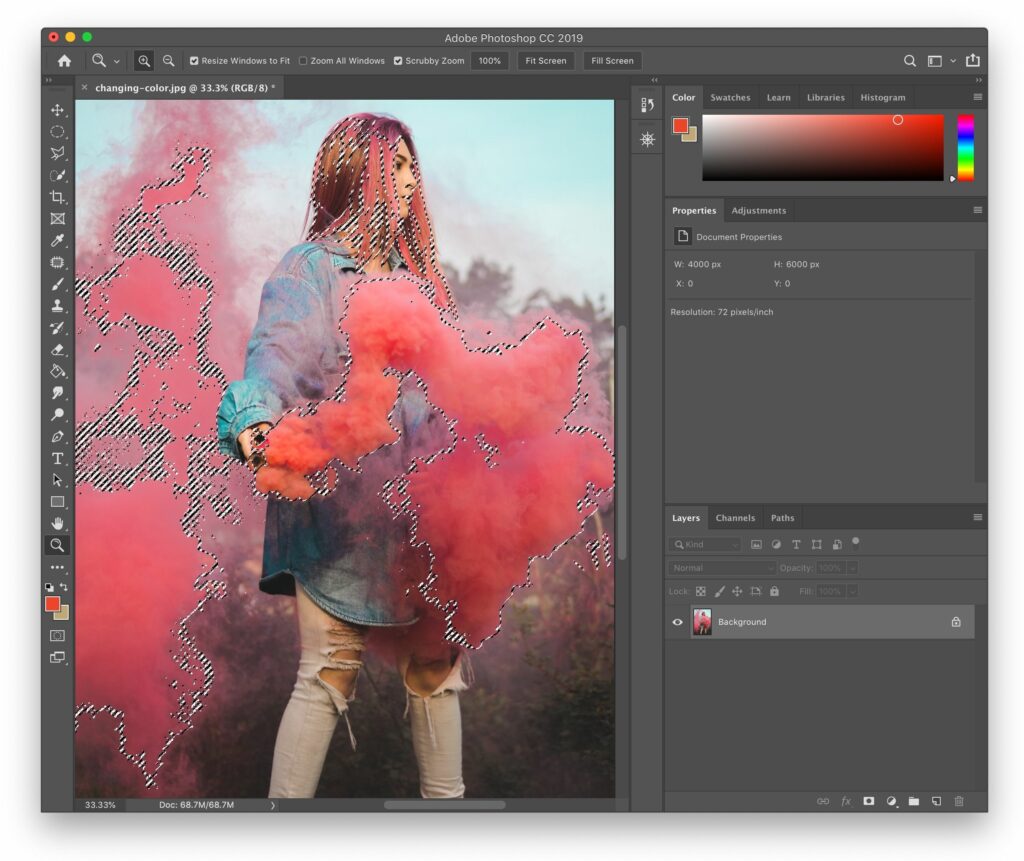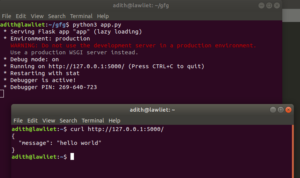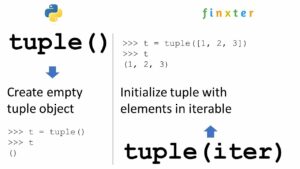Mastering Precision: A Comprehensive Guide to the Color Range Command in Photoshop for Selections

Introduction:
In the expansive realm of digital image editing, creating precise selections is a fundamental skill that opens the door to endless creative possibilities. Among the myriad selection tools in Adobe Photoshop, the Color Range command stands out as a powerful and nuanced method for isolating specific colors within an image. In this extensive guide, we will embark on a journey through the intricacies of the Color Range command, unraveling its capabilities and offering a comprehensive exploration of how it can elevate your selections to new heights of precision.
Section 1: Unveiling the Color Range Command
The Color Range command in Photoshop is a versatile tool that allows users to select specific colors or tones within an image. This command provides a targeted and efficient way to make selections based on color, enabling users to isolate and manipulate specific elements within their compositions. Accessible through the Select menu, the Color Range command opens up a dialog box that serves as the gateway to a world of sophisticated color-based selections.
Section 2: Understanding the Basics of the Color Range Dialog Box
Upon opening the Color Range dialog box, users are greeted with a visually intuitive interface that facilitates the selection process. The dialog box includes a preview window, an eyedropper tool for sampling colors, and sliders that control the range and fuzziness of the selected color. Familiarizing yourself with these elements is key to harnessing the full potential of the Color Range command.
Section 3: Sampling Colors with the Eyedropper Tool
At the core of the Color Range command lies the eyedropper tool, a precision instrument for sampling colors within the image. Click on the desired color in the image preview window to add it to the selection. Holding down the Shift key allows for the selection of multiple colors, providing a dynamic and interactive approach to building a nuanced color range.
Section 4: Range and Fuzziness Sliders for Precision Control
The Range and Fuzziness sliders in the Color Range dialog box offer granular control over the selection process. The Range slider determines the range of colors that fall within the selection, while the Fuzziness slider controls the smoothness of the transition between selected and unselected areas. Adjusting these sliders allows users to fine-tune the selection with remarkable precision.
Section 5: Selection Preview Options for Visual Clarity
The Color Range dialog box offers several preview options to enhance visual clarity during the selection process. Users can choose to view the selection as a grayscale mask, overlay it on the image, or see it against a black or white background. These preview options facilitate a better understanding of the selection boundaries and aid in making informed adjustments.
Section 6: Expanding Selections with the Add to Sample and Subtract from Sample Tools
To further refine selections made with the Color Range command, users can utilize the Add to Sample and Subtract from Sample tools. These tools allow for dynamic adjustments to the selection by either including additional colors (Add to Sample) or excluding certain colors (Subtract from Sample). This level of control enhances the flexibility and precision of color-based selections.
Section 7: Incorporating Selections into Layer Masks
Once a color-based selection is perfected using the Color Range command, users can seamlessly incorporate it into a layer mask. This integration allows for targeted adjustments, isolating specific elements while preserving the rest of the image. Layer masks enable non-destructive editing, empowering users to experiment and refine their compositions with ease.
Section 8: Creative Applications of the Color Range Command
The Color Range command is not merely a utilitarian tool; it is a gateway to creativity. From isolating specific objects for compositing to adjusting the color balance of individual elements, the Color Range command opens avenues for unique and visually compelling edits. Experimentation with color-based selections can lead to unexpected and artistic outcomes.
Section 9: Utilizing Color Range in Specialized Editing Tasks
The Color Range command finds its place in specialized editing tasks, such as product photography or isolating specific hues in landscape images. By selectively targeting and adjusting specific colors, photographers and designers can enhance the visual impact of their images, ensuring that colors are precisely controlled to achieve the desired effect.
Section 10: Optimizing Workflow Efficiency with Color Range
Efficiency is a cornerstone of effective image editing, and the Color Range command plays a pivotal role in streamlining workflows. By providing a swift and precise method for selecting specific colors, this tool empowers users to achieve their desired results efficiently. Understanding how to integrate the Color Range command into your workflow can significantly enhance your productivity.
Conclusion:
The Color Range command in Photoshop is a dynamic and sophisticated tool that opens up a realm of possibilities for precision selections based on color. By mastering the nuances of the Color Range dialog box, understanding the role of sliders and tools, and incorporating color-based selections into your editing workflow, you can elevate your image editing capabilities to new heights. This comprehensive guide serves as a roadmap for navigating the intricacies of the Color Range command, encouraging users to embrace its potential for creative expression and precise image editing.




